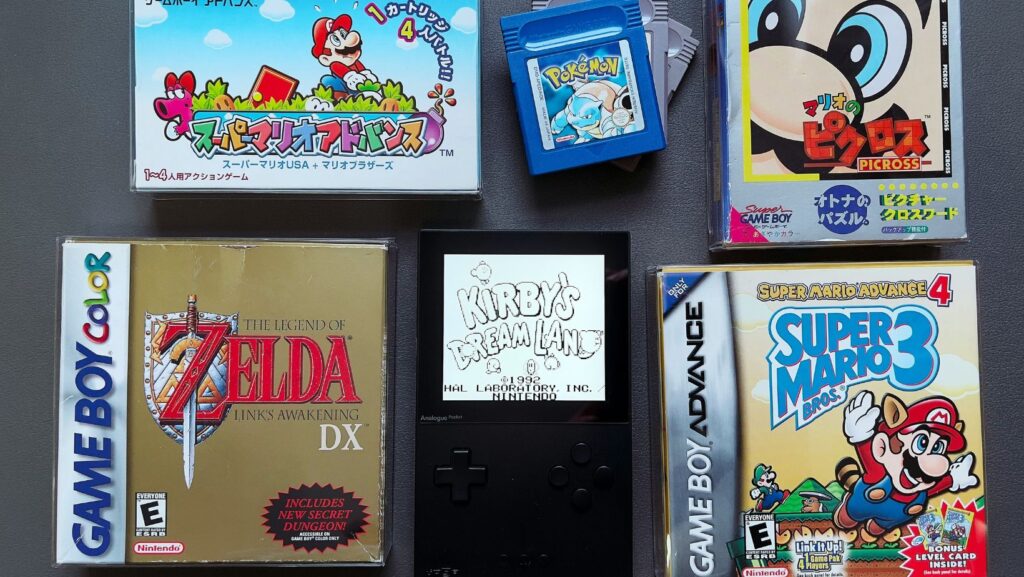In the vibrant world of retro gaming, the debate between CRT and LCD screens is as heated as ever. As gamers seek to recreate the nostalgic gaming experience of yesteryears, the choice of display technology becomes crucial.
CRT, or Cathode Ray Tube, screens were the gold standard during the golden age of gaming. On the other hand, LCD, or Liquid Crystal Display, screens offer modern advancements and conveniences. Each has its unique pros and cons that can significantly impact the retro gaming experience.
ne’s preference for a type of technology can significantly impact the authenticity and overall enjoyment of the experience.
CRT vs LCD Retro Gaming
When it comes down to CRT and LCD screens in retro gaming, various points of comparison come to play, demonstrating how each serves unique gaming needs. CRT screens used to hold the upper hand, especially in terms of color accuracy, boasting the ability to reproduce deep black hues. Additionally, their high refresh rates eliminate the risk of screen tear, a key advantage for fast-paced retro games.

In contrast, LCD screens excel as modern solutions, offering advantages such as reduced weight and increased energy efficiency. Their sleek design implies a space-saving option that fits well into modern gaming setups. Further, LCD screens emphasize brightness and contrast, rivalling CRT’s color representation to some extent.
As for the refresh rates, LCD’s can’t always match CRT’s, yet newer models come equipped with technology to minimize screen tears, enhancing the overall gaming experience. Consequently, gamers find themselves weighing these features against each other, understanding the strengths and weaknesses of each, in their quest for the most authentic and enjoyable retro gaming experience. The ultimate choice remains subjective, influenced by individual preferences and gaming requirements.
Benefits of Using CRT for Retro Gaming
CRT technology, once the standard in television and monitor displays, holds unique advantages for retro gamers. Its inherent qualities correspond well with the demands of games from a bygone era, providing an authentic vintage gaming experience.

Immediacy of Response, a highly valued factor in gaming performance, typifies CRT screens. They display changes in input instantaneously, eliminating lag between controller actions and on-screen reactions. This feature ensures smooth gameplay, unlike modern LCD screens, where gamers occasionally experience digital input lag.
Scanlines Display and Interlacing, both prominent features of CRT screens, manifest as thin horizontal lines across the screen. This iconic visual phenomenon preserves the nostalgic look and feel of retro games, providing textures and depths that are otherwise lost on LCD screens.
Low Resolution Enhancement in CRTs proves beneficial, especially considering retro games’ lower resolution. CRT screens can naturally ‘soften’ these graphics, preventing the pixelated look prevalent on high-definition LCD screens.
Bonafide Colour Reproduction is another compelling reason to opt for CRTs. These screens can offer incredibly deep black tones and contrast ratios that surpass even high-quality LCDs. This inherent feature of CRT technology presents vivid colour palettes, augmenting the dramatic impact and visual appeal of retro games.

Lastly, High Refresh Rates afforded by CRTs contribute to smoother, tear-free gaming. A comparison reveals that CRT screens handle high-speed motion significantly better than LCD screens, eliminating visual distortions like ghosting and tearing, common in fast-paced games.
Reasons to Choose LCD for Retro Gaming
While CRT screens may offer an authentic vintage gaming experience, LCD screens shouldn’t be overlooked in the retro gaming arena. They bring modern features to the table, such as reduced weight and energy efficiency. Plus, they boast sleek designs that complement any gaming setup. Their brightness and contrast levels are hard to match, making the gaming experience vibrant and engaging. So, if you’re a retro gaming enthusiast who values modern features and aesthetics, LCD screens are the way to go. They may not replicate the exact vintage feel, but they offer a unique blend of old and new, creating a captivating gaming experience. So, when it comes to CRT vs LCD for retro gaming, it’s all about what you value most.


